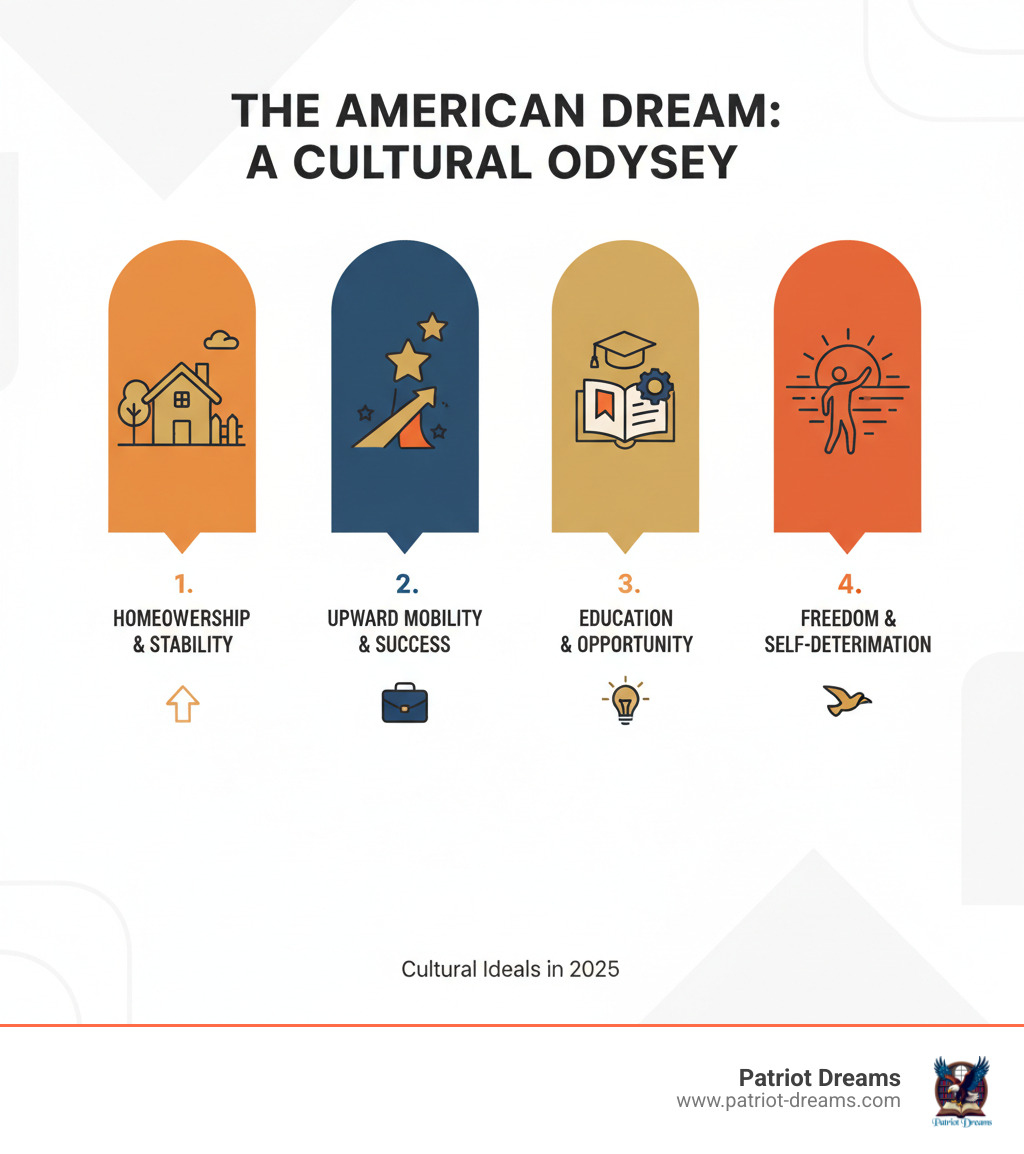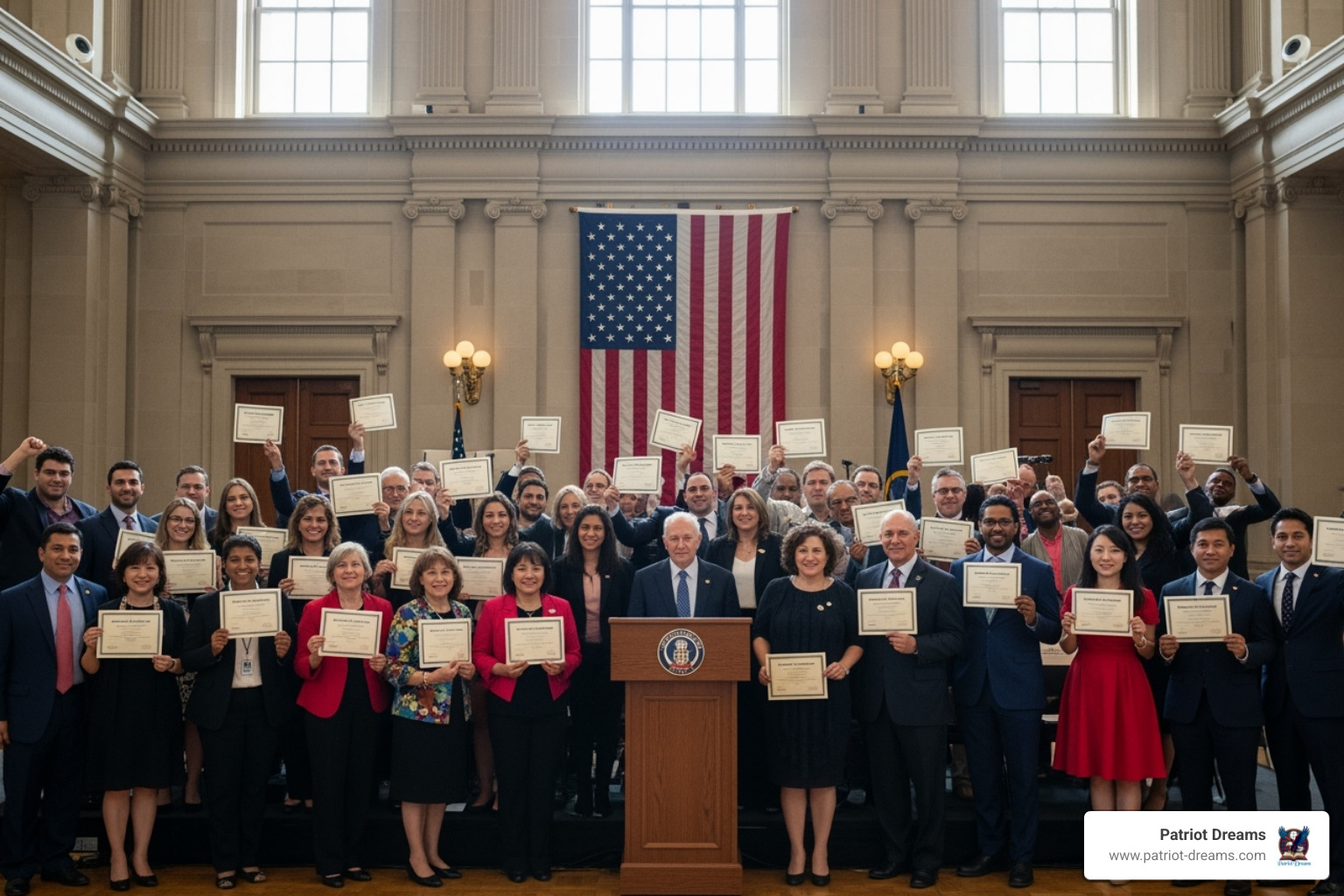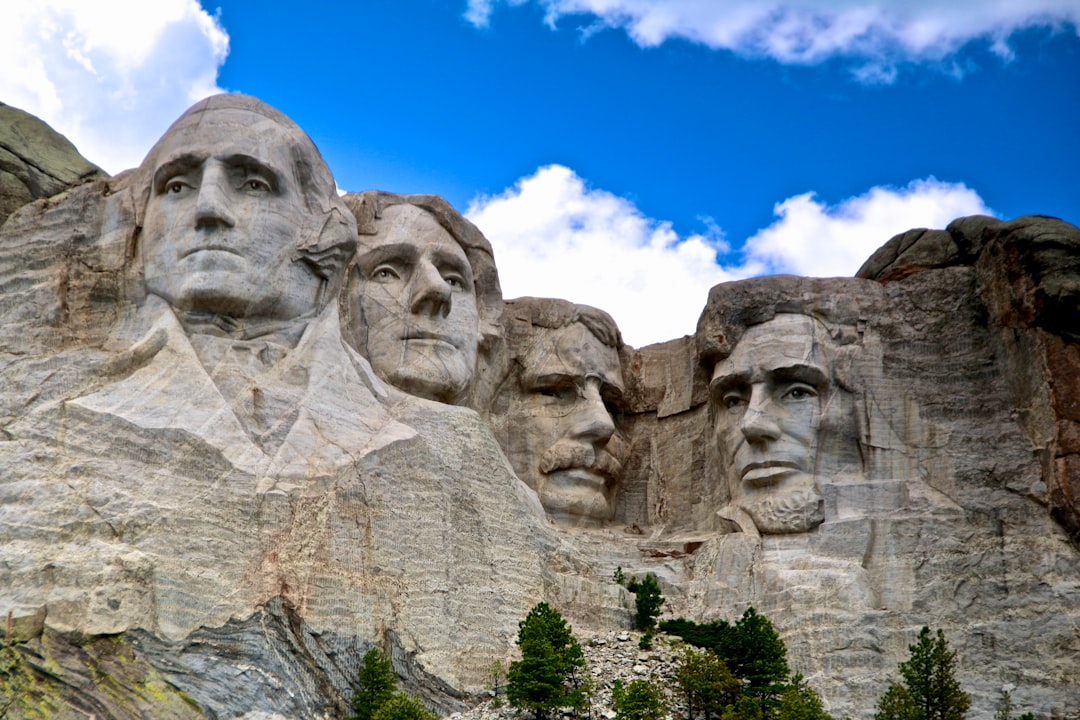5 Reasons Why the American Dream Still Resonates with Americans

Why the American Dream Remains America's Most Powerful Story
The American Dream isn't just a historical curiosity—it's a living conversation that continually shapes how millions of us see our future. It speaks to a deeply human hope: that our efforts matter, that what we want from life is important, and that tomorrow can be better than today.
Back in 1931, James Truslow Adams described it as a vision where life should be "better and richer and fuller for everyone, with opportunity for each according to ability or achievement." In other words, it's not a promise of wealth, but a promise of possibility.
Today, while some believe the dream is fading, the truth is that it's simply changing. It's becoming more personal, focusing on fulfillment and freedom as much as financial success. The pursuit of the American dream is timeless because it has never been just one thing; it's a conversation between who we are and who we hope to become—as individuals, families, and a nation.

1. The Dream Has Evolved: It's a Personal Journey, Not Just a Picket Fence
The American Dream has never stood still. Like the country itself, it grows and adapts with each generation. What makes Why the American Dream Still Resonates: A Cultural Deep-Dive so fascinating is that the dream means something different to almost everyone—and that's exactly as it should be.
After World War II, the dream often looked like a house in the suburbs and a steady job. For a generation that had lived through depression and war, these tangible markers of security meant everything. But that was just one chapter in a much longer story.
Today, the dream has expanded to include things our grandparents might not have had words for: personal fulfillment, work-life balance, and making a difference. Younger generations, for instance, often value personal freedom and authentic work over traditional markers like homeownership. This isn't an abandonment of the dream; it's the dream evolving.
When James Truslow Adams first wrote about the dream in 1931, he emphasized it was for "all our citizens of every rank" and was about a "better and richer and fuller" life, not just motor cars or high wages. A historian's perspective on the dream's origins confirms he was talking about something much deeper than material success.
While financial security still matters, values like freedom, success on one's own terms, and community have risen in importance across all demographics. The dream has evolved from a one-size-fits-all formula into something more personal and diverse. It's not about conforming to someone else's definition of success—it's about having the opportunity to define it for yourself.
2. It's a Story of Progress, Not Perfection

The American Dream has never promised a smooth journey. There are always challenges, and it's true that many people feel worried today. Since 1980, wage growth has slowed for many, and public belief in the traditional dream has declined from 53% in 2012 to 36% today. These concerns are real and deserve our attention.
But that's not the whole story. As political economist Michael Strain reminds us, America has consistently recovered from serious obstacles. The evidence of progress is all around us. Since 1990, average wages for typical workers and median household income have both grown by over a third, even after inflation.
Perhaps the most heartening fact is this: 75% of Americans in their 40s today earn more than their parents did at the same age. That is the core promise of the American Dream—that your children can have a better life—holding true for most families.
Acknowledging challenges like income inequality or declines in life expectancy isn't a reason to abandon the dream. Instead, these are invitations to renew it and ensure it works for everyone. The ongoing debate about the dream's health, like the one between David Leonhardt and Michael Strain, shows we care enough to keep striving. This conversation is a sign of a nation that isn't settling for "good enough." Progress isn't a straight line, but the American story has always been about meeting challenges head-on.
3. Why the American Dream Still Resonates: A Cultural Deep-Dive
A good story has the power to lift us up and remind us of what's possible. The American Dream is alive in our culture—woven into our literature, films, and the conversations we have about our hopes for the future.
Books like The Great Gatsby explore the drive to reinvent ourselves, while films like The Pursuit of Happyness inspire millions with the message that perseverance can triumph over incredible odds. These underdog stories make the impossible feel possible, reminding us that ordinary people can achieve extraordinary things.
At its heart, the American Dream is about the stories we share. We celebrate the inventor in the garage, the small business owner, and the teacher who changes a child's life. These narratives, from historical figures like Benjamin Franklin and Teddy Roosevelt to our own family histories, form a shared cultural touchstone. They remind us of our values: kindness, perseverance, unity, and belief in human potential.
When you Record Family Stories, you add your own chapter to this grand narrative. You find how the dream lived through your own lineage—the sacrifices made, the risks taken, and the hopes carried forward. These personal stories, layered onto our shared American Cultural History, light the way for the next generation, and they offer a perspective that might otherwise be overlooked.
4. The Unseen Engine: How Newcomers Renew the Dream for Everyone

At naturalization ceremonies across America, you can see the American Dream in the joyful faces of new citizens. Each year, about 1 million legal immigrants arrive in the U.S., bringing an unshakeable belief that America offers a chance to build a better life.
While those of us born here might sometimes take our opportunities for granted, newcomers see them with fresh eyes. For them, the dream isn't an abstract concept; it's the reason they work multiple jobs, learn a new language, and sacrifice for their children's future. As Michael Strain observes, immigrants are often among the world's hardest working and most ambitious people.
And they are succeeding. Data shows that recent immigrants are climbing the economic ladder at impressive rates, fueling growth by starting businesses and strengthening communities. This immigrant entrepreneurship has become a vital force in our economy.
When you learn that 79% of first- or second-generation Americans say the dream was central to why their families came here, it's a powerful reminder. Newcomers enrich our culture and rekindle our own appreciation for what we have. They show us that the American Dream isn't a historical artifact—it's a living promise being fulfilled every day.
5. The Dream Lives in Everyday Success Stories
The American Dream is quietly realized every day, not by billionaires, but by the people who make our communities feel like home. Its true strength lies in its accessibility.
It's the teacher who stays after school to help a student, the first-generation college student who walks across the graduation stage, the community organizer who quietly makes their neighborhood better, and the small business owner whose shop becomes a local gathering spot. These individual acts of courage, kindness, and hard work are the bedrock of the American Dream.
These stories prove the dream is attainable and can be defined on one's own terms—whether that means building a career, raising a loving family, or simply making your corner of the world a little brighter. They showcase resilience, individual achievement, and the endless possibilities America offers.
At Patriot Dreams, we believe every family's story contributes to this grand narrative. Your family's history—the sacrifices, the hard work, the triumphs—is part of the living story of America. Preserving these stories, from Historical American Figures to our own grandparents, honors our past and inspires our future.
Frequently Asked Questions about the American Dream
What was the original American Dream?
When James Truslow Adams coined the phrase in 1931, he described a land where life could be "better and richer and fuller for everyone." It was a vision of opportunity based on ability and achievement, not on social class. It was always about the chance to reach your full potential, not just about material wealth.
Is the American Dream still achievable today?
Yes, absolutely. While the dream has evolved, it is still very much alive. Today, it includes personal fulfillment and happiness alongside financial success. As mentioned previously, 75% of Americans in their 40s earn more than their parents did at the same age. Every day, people achieve their own version of the dream through hard work and creativity.
How do different people define the American Dream?
The beauty of the dream is that it's personal. For some, it's homeownership and financial security. For others, it's education opening doors or the independence of entrepreneurship. Increasingly, it's about the freedom and fulfillment to live life on one's own terms. All of these definitions are valid, which is why the dream continues to inspire so many.
Conclusion
The American Dream is not a finish line, but a journey. It's a conversation that has been going on for generations, adapting as our world shifts but always rooted in hope.
We've seen how the dream has evolved to become more personal, how progress continues despite challenges, how stories unite us, how newcomers renew our faith, and how everyday heroes prove the dream is alive and well. It's about believing that tomorrow can be brighter and that our efforts truly matter.
At Patriot Dreams, we believe every family's story is a vital thread in our nation's heritage. Your grandmother's journey, your father's sacrifice, your own quiet victories—these are the stories that make the dream real.
We invite you to discover and preserve your family's American Dream story with us. By capturing your family's journey, you create a bridge to the future, showing the next generation that the dream is real, lived, and theirs to claim. Thank you for joining this conversation. Hope is not naive, progress is real, and your story matters.
Join the Patriot Dreams Community
Download the app today and start your journey through American history and personal legacy.

Explore Our Latest Insights
Dive into stories that shape our American legacy.




